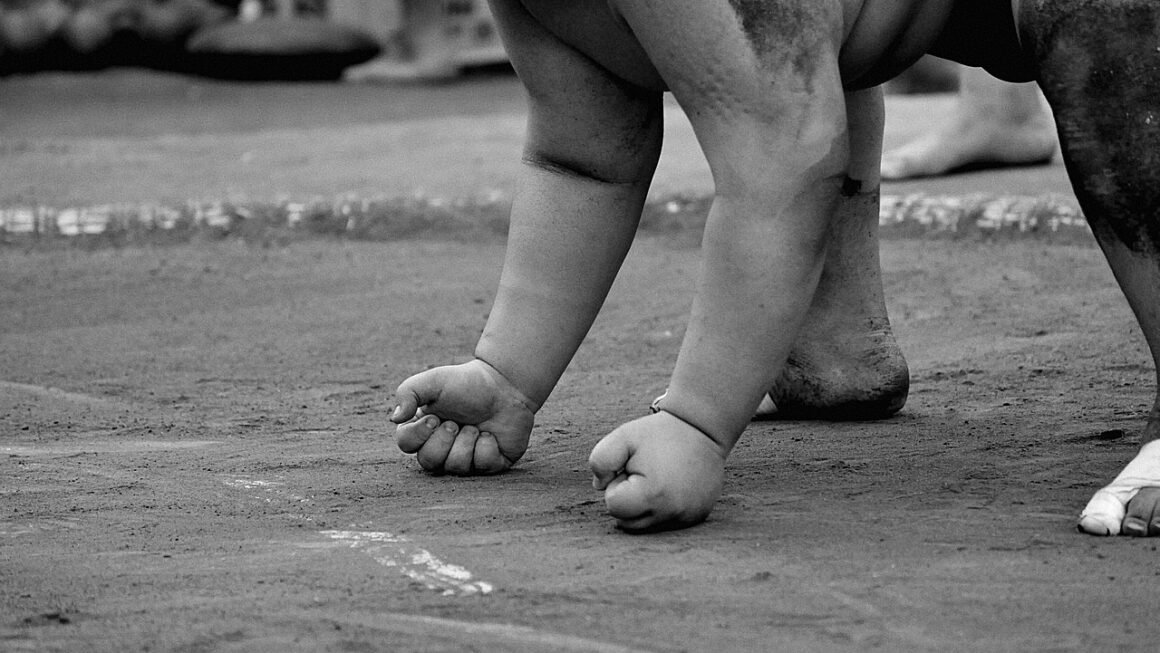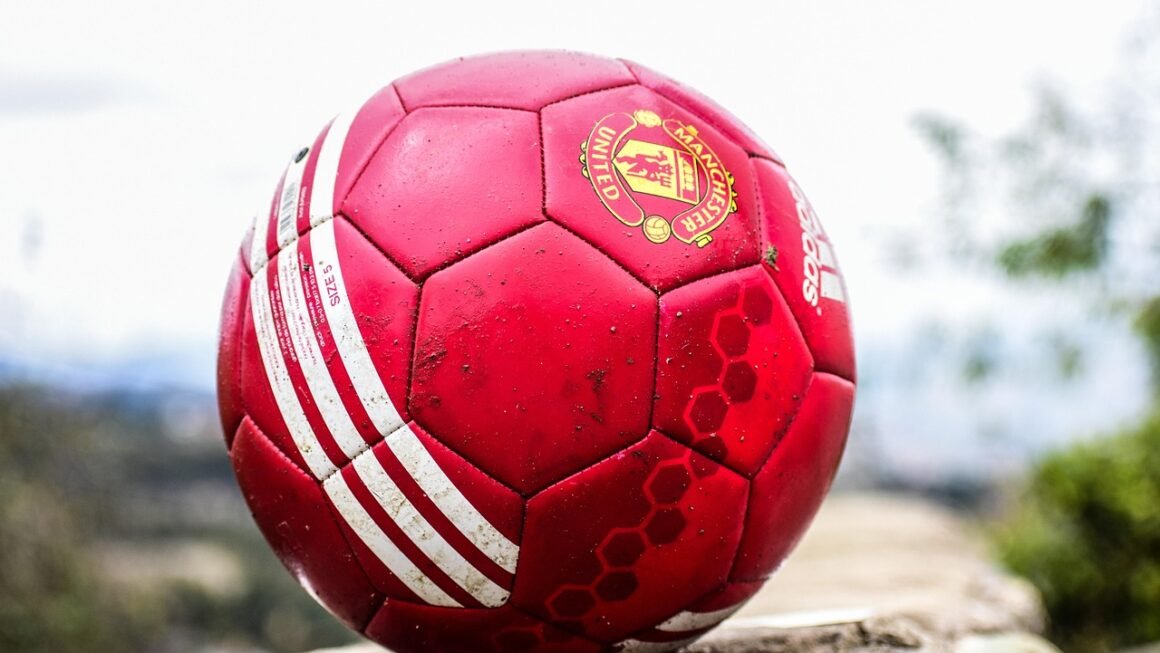Rowing, a full-body workout disguised as a graceful glide across the water, offers a unique blend of physical and mental benefits. Whether you’re envisioning yourself on a calm lake, pushing for personal bests on an indoor rowing machine, or watching Olympic athletes power their way to the finish line, rowing provides a challenging and rewarding experience. This comprehensive guide will explore the multifaceted world of rowing, from its rich history to practical tips for beginners and seasoned rowers alike.
The History and Evolution of Rowing
Ancient Origins and Early Uses
Rowing’s history stretches back millennia, predating its modern form as a sport. Evidence suggests that ancient civilizations, including the Egyptians, Greeks, and Romans, utilized rowing for transportation, warfare, and trade. These early vessels relied on human power to navigate rivers and coastal waters.
- Egyptian Use: Depictions on ancient Egyptian tombs show rowing boats used for ceremonies and transportation as far back as 2500 BC.
- Greek and Roman Galleys: Galleys powered by rows of oarsmen were crucial in naval battles and maritime trade throughout the Mediterranean. These vessels were often large and complex, requiring coordinated teamwork.
The Rise of Competitive Rowing
Competitive rowing, as we know it today, began to take shape in the 17th and 18th centuries, primarily in England. Races between watermen on the River Thames were common, and rowing clubs began to emerge. The Henley Royal Regatta, established in 1839, is one of the oldest and most prestigious rowing events in the world.
- Henley Royal Regatta: Still a major event attracting rowers from around the globe, Henley is known for its traditional atmosphere and challenging course.
- Oxford and Cambridge Boat Race: This annual race between the rowing teams of Oxford and Cambridge Universities, first held in 1829, is a major sporting event in the UK.
Rowing in the Modern Olympics
Rowing has been a part of the modern Olympic Games since the second edition in 1900 (after being cancelled due to weather in 1896). The Olympic program includes a variety of boat classes, for both men and women, ranging from single sculls to eights. Olympic rowing showcases the pinnacle of athleticism and teamwork in the sport.
Benefits of Rowing: A Full-Body Workout
Physical Health Benefits
Rowing is an incredibly effective full-body workout, engaging a large percentage of the body’s muscles. It provides cardiovascular benefits, builds strength and endurance, and improves overall fitness. Rowing is also a low-impact activity, making it suitable for people of various fitness levels.
- Cardiovascular Health: Rowing elevates your heart rate and improves cardiovascular function, reducing the risk of heart disease.
- Muscle Strength and Endurance: It works major muscle groups, including the legs, core, back, and arms. The repetitive motion builds both strength and endurance.
- Low-Impact: Unlike running or other high-impact activities, rowing is gentle on the joints, minimizing the risk of injury.
Mental and Psychological Benefits
Beyond the physical advantages, rowing offers significant mental and psychological benefits. The rhythmic nature of the activity can be meditative, reducing stress and improving focus. Team rowing fosters camaraderie and a sense of belonging.
- Stress Reduction: The repetitive motion and focus required for rowing can help to calm the mind and reduce stress levels.
- Improved Mood: Physical activity releases endorphins, which have mood-boosting effects.
- Teamwork and Camaraderie: Team rowing builds strong bonds between rowers, fostering teamwork and a sense of shared accomplishment.
Calorie Burning and Weight Management
Rowing is an excellent way to burn calories and manage weight. The intensity of the workout can be adjusted to meet individual fitness goals. A person can typically burn between 400-800 calories per hour, depending on their weight, intensity, and rowing technique.
Rowing Techniques and Equipment
Mastering the Rowing Stroke
Proper rowing technique is crucial for efficiency, injury prevention, and maximizing performance. The rowing stroke can be broken down into four phases: the catch, the drive, the finish, and the recovery.
- The Catch: The start of the stroke, where the oar blade enters the water. Keep your back straight, shoulders relaxed, and knees bent.
- The Drive: The power phase of the stroke, where you push with your legs, engage your core, and pull with your arms. Maintain a strong, stable back.
- The Finish: The end of the drive, where the oar blade is extracted from the water. Lean back slightly and pull the oar towards your chest.
- The Recovery: The return to the catch position. Extend your arms, pivot from your hips, and slide your seat forward.
Types of Rowing Equipment
Rowing involves various types of boats and equipment, each designed for specific purposes. Here’s an overview of common rowing equipment:
- Single Scull (1x): A boat rowed by one person using two oars (sculls).
- Double Scull (2x): A boat rowed by two people using two oars each.
- Quadruple Scull (4x): A boat rowed by four people using two oars each.
- Pair (2-): A boat rowed by two people using one oar each (sweep rowing), without a coxswain.
- Four (4- or 4+): A boat rowed by four people using one oar each, either with (+) or without (-) a coxswain.
- Eight (8+): A boat rowed by eight people using one oar each, with a coxswain.
- Rowing Machines (Ergometers): Indoor rowing machines that simulate the rowing motion, used for training and fitness. Concept2 is the most popular brand.
Safety Considerations
Safety is paramount when rowing, both on the water and indoors. Always follow these guidelines:
- Learn to Swim: Being a competent swimmer is essential for water safety.
- Wear a Life Jacket: Always wear a properly fitted life jacket when rowing on the water.
- Check Weather Conditions: Avoid rowing in hazardous weather conditions, such as strong winds or thunderstorms.
- Proper Warm-up: Before each rowing session, perform a thorough warm-up to prepare your muscles and joints.
- Use Correct Form: Maintain proper rowing technique to prevent injuries.
- Hydration: Stay adequately hydrated, especially during longer rows.
Getting Started with Rowing
Finding a Rowing Club or Program
The best way to get started with rowing is to join a rowing club or enroll in a learn-to-row program. Many clubs offer introductory courses for beginners of all ages and fitness levels. Search online for rowing clubs in your area.
Indoor Rowing for Beginners
If you don’t have access to a rowing club, indoor rowing machines (ergometers) are a great way to start. Most gyms have them, and you can also purchase one for your home. Focus on learning the proper technique and gradually increasing your workout intensity and duration.
Essential Gear and Clothing
The basic gear required for rowing includes comfortable clothing that allows for freedom of movement. Specific recommendations include:
- Close-Fitting Clothing: Avoid loose clothing that can get caught in the rowing machine or oars.
- Cycling Shorts: Padded cycling shorts can provide extra comfort during long rows.
- Socks: Wear moisture-wicking socks to prevent blisters.
- Water Bottle: Stay hydrated during your workouts.
- Rowing Shoes (Optional): Some rowers prefer to wear specialized rowing shoes for a more secure grip.
Advanced Rowing Training
Periodization and Training Plans
For serious rowers, a structured training plan that incorporates periodization is essential for maximizing performance. Periodization involves dividing the training year into different phases, each with specific goals and intensities.
- Base Training: Focuses on building aerobic endurance and improving technique.
- Strength Training: Emphasizes building strength and power in the major muscle groups used in rowing.
- Peak Training: Involves high-intensity workouts and race-specific training to prepare for competition.
- Recovery: Allows the body to recover and adapt to the training load.
Nutrition for Rowers
Proper nutrition is crucial for supporting the demands of rowing training. Rowers need to consume a balanced diet that provides adequate calories, carbohydrates, protein, and healthy fats. Aim for balanced meals consisting of:
- Carbohydrates: Provide fuel for high-intensity workouts. Examples include whole grains, fruits, and vegetables.
- Protein: Supports muscle growth and repair. Good sources include lean meats, poultry, fish, beans, and lentils.
- Healthy Fats: Important for hormone production and overall health. Sources include avocados, nuts, seeds, and olive oil.
- Hydration: Drink plenty of water throughout the day, especially before, during, and after workouts.
Injury Prevention and Recovery
Rowing can be physically demanding, so injury prevention and proper recovery are essential. Common rowing injuries include back pain, rib stress fractures, and wrist problems. Strategies for preventing injuries include:
- Proper Technique: Maintaining correct rowing form minimizes stress on the body.
- Strength Training: Strengthening the core and back muscles provides stability and support.
- Stretching: Regular stretching improves flexibility and reduces muscle tightness.
- Adequate Rest: Allowing the body sufficient time to recover between workouts is crucial.
- Listen to Your Body: Don’t push through pain. Rest or seek medical attention if needed.
Conclusion
Rowing offers a comprehensive and rewarding fitness experience, combining physical and mental benefits. Whether you’re a beginner looking for a new workout or an experienced athlete striving for peak performance, understanding the history, techniques, and training principles of rowing can help you achieve your goals. So, grab an oar, hop on an erg, and discover the power of rowing.



